
Under-rated and often overlooked, the Picos de Europa is Northern Spain's hidden secret!
Despite its rich history of climbing, the area was almost unknown outside of Spain, until Robin Walker (1989,Cicerone Walks and Climbs) first introduced it to many English speaking climbers. Since then there has been a steady trickle of climbers making their way over there, but it's never really gained the reputation or attention it deserves. So, if climbing stunning lines, on good rock in an un-crowded area appeals to you, then maybe you should check it out before it becomes overrun!
A huge area of wild limestone peaks offering rock climbers and mountaineers a wealth of routes in a range of styles, sizes and difficulties.
Despite the Cicerone guidebook being regularly reprinted, the content has remained the same since 1989, so it is well worth getting the updated e-book download from climbingpicosdeeuropa or if your Spanish is any good, getting hold of Cordillera Cantabrica – Escaladas Selectas en Roca by Picos activist Miguel Angel Adrados. Even if you don't speak Spanish, this has some good colour topos, to help you out!
The classic climbs of the area are situated on the imposing tower of Naranjo de Bulnes. Even just walking up to the hut at the base is enough to get your palms sweating! There are bolted and trad routes on each of the four faces with grades ranging from about HS (4b) to the very, very hard. The shortest routes are about 5 or 6 pitches (250m) and the longest weigh in at over 700m/19+pitches! Well equipped abseil stations also make for relatively stress free descents, which is always appreciated after a long climb.
Getting to the Picos de Europa is remarkably simple and it's not all about long mountain routes, huts and hardship! If staying up at mountain huts is your thing, then you'll easily be pleased with the choices, but the area contains superb, single pitch venues and many of the big routes can be done in a day from the valley. There are far too many climbs to even begin recommending a classic 'must-do' routes list in an article such as this, but hopefully this will give you an idea of what's available out there. As a bonus to those on a tight schedule the relatively low altitude negates any altitude problems associated with going to the Alps.
And to top it all off- there are fantastic beaches only 30 minutes drive away to spend those well earned rest days on!
Logistics
When to Go
Whether its ski touring, mountaineering, trekking or rock climbing, there is usually something in the Picos de Europa for each season. The best time for Rock Climbing however is between the months of June and September. As with any destination, there are exceptions, but summer, is generally your best bet as rainfall/snow usually occurs in the winter and spring. The hotter, more stable summer weather systems can be expected through July and August and as with most alpine areas, there can be the threat of afternoon storms, but generally these are rarely as bad as the Central European Alps. The snow usually arrives in late October.
How to Get There
There are a range of options, depending on your budget and amount of available time. For those with a penchant for motorway driving, you can do some time on the French peage, and arrive with the luxury of having your own vehicle and lots of kit. (Top tip: don't forget to stop off at the surf beaches on the SW coast of France!). If you want to take your car, but don't fancy the long drive, then get on a ferry from Plymouth or Portsmouth to Santander or Bilbao respectively. This is a relatively expensive crossing, but allows you to arrive a bit more refreshed! The other option is to fly to Bilbao, Santander or even Asturias Airport in Oviedo. Car hire is probably best sourced from an airport as there is usually the best selection of cars and enough competition to keep prices affordable. Buses run to the major towns and by loading up with supplies, the hardy climber may wish to trek up and base themselves at a hut for their entire stay and climb from there. It is possible to hitch, but I met climbers who were struggling with this mode of transport, so it's probably not the best option.
Accommodation Advertise here
No Premier Listings found in this area
Again, there are plenty of options to suit all budgets. To start with, you'll need to decide what area of the Picos to base yourself, as different peaks are accessed from different sides of the National Park. There are a number of 'Valley Bases' that have campsites, guest houses and hotels in abundance to cater for the onslaught of sight-seers and tourists that throng the streets during the summer holidays. Don't be put off buy the busy streets in mid summer – once you are away from the car park or ice cream stall, you'll find the mountains a lot less busy.
Arenas de Cabrales, at the north end of the national park and is one of the main starting points for heading up to the Naranjo de Bulnes. Although billed as the gate way to the Picos, there isn't much there except for a good campsite, hotels, cafes and supermarket.
Further south of the national park, the town of Potes is a much busier tourist town, due to the cable car at Fuente De. Here there are plenty of campsites, chalets and hotels to choose from, and of course, the attraction of using the cable car to save your legs having to walk in as far!
There are several well placed Mountain Huts that service the different areas of the Picos. They range in size and quality, with Refugio Julian Delgado Ubeda (also known as Vega Urriellu) being the biggest. It is situated directly below the famous west face of Naranjo de Bulnes and is a big hut with nearly 100 places. Other huts have as little as 4 places to sleep so it is usually worth phoning ahead and booking. (this can easily be done from a tourist information point if you don't speak Spanish) Wild camping is permitted in most areas, but only between sundown and sunrise. The only problem with camping is that there are not many water sources in the mountains.
Where can I buy gear?
Outdoor Shops Advertise here
No Premier Listings found in this area
There are a few climbing shops in Potes, and several of the tourist shops in Arenas de Cabrales have a few random climbing related items, scatted in amongst the postcards and local souvenirs. Basically, its best to bring your own gear, but you should be able to replace lost/forgotten items.
Other Activities
The north coast of Spain, which is only 30 minutes drive from Arenas de Cabrales is home to some of the most famous surf beaches in Europe. But for those seeking more of a relaxing trip, can easily find secluded coves and bays either side of the popular tourist resort of Llanes or Ribadesella. The Picos has a great network of footpaths and trekking routes and the famous Cares Gorge, north of Arenas de Cabrales is ever popular with sight-seers.
Useful Links:
- climbpicosdeeuropathe most updated source of info for rock climbers travelling to and in the Picos. Downloadable e-book available from this site.
- infoasturiasTourist board information for the area.
- escuelasdeescaladaSpanish website, with some English translations regarding different crags and routes.
- picos-accommodation English website that gives some good photos, accommodation links and a flavour of the Picos.
- DESTINATION GUIDE: Switzerland's Rhone Valley 12 Mar, 2012

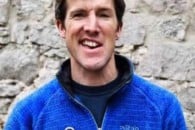

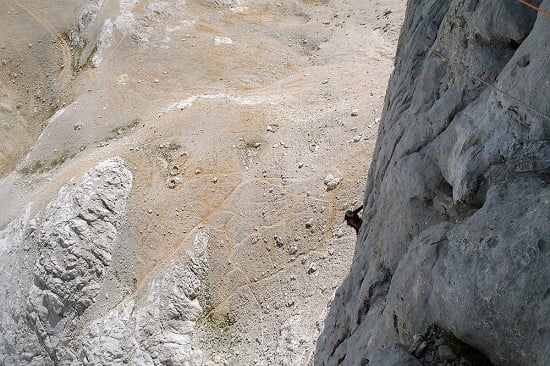
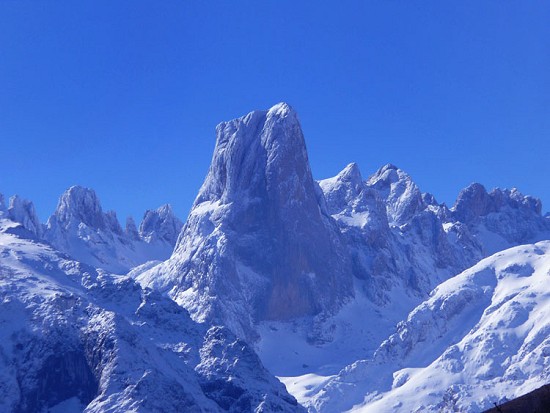
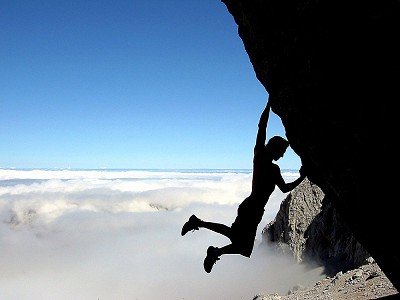
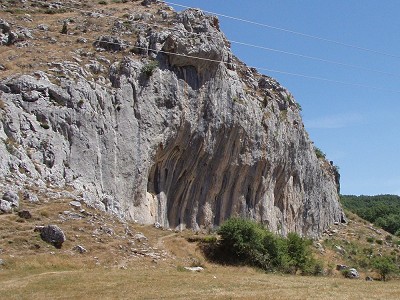
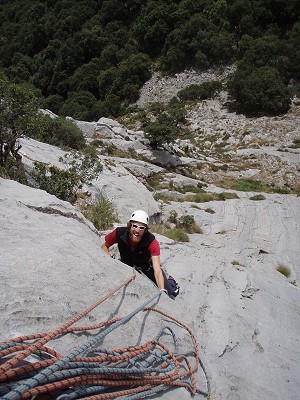

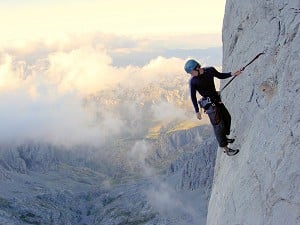
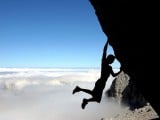


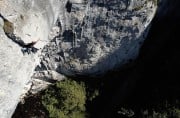


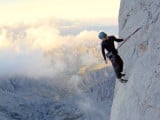

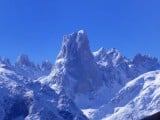
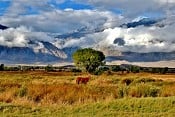

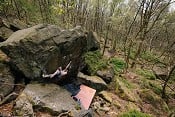
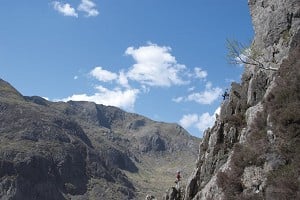




Comments